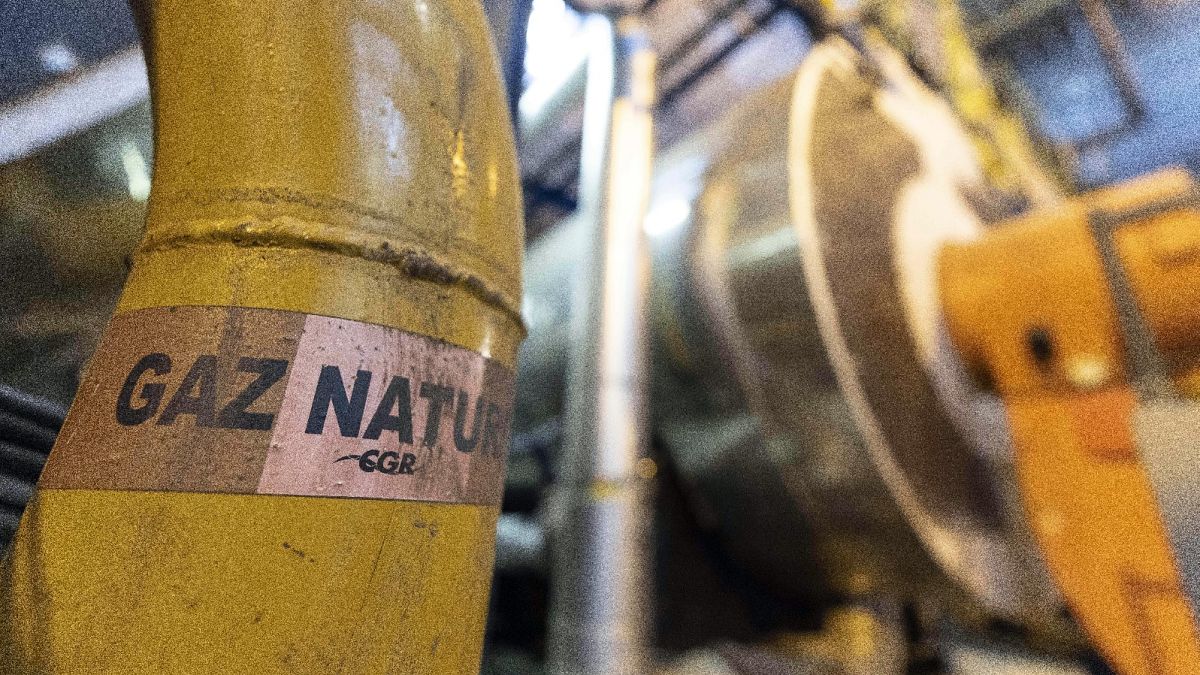The European Union has successfully filled up its gas storage facilities to 90% of capacity, covering nearly a third of its gas demand for the upcoming winter. This achievement comes as a positive sign that the market is well-prepared for potential energy supply challenges. The 90% storage target was implemented in response to the energy crisis caused by the COVID-19 pandemic and Russia’s invasion of Ukraine, which led the EU to reduce its reliance on Russian gas imports. The EU’s goal is to decrease its gas imports from Russia from 40% in 2021 to 8% by the end of 2023.
In August, the European Commission confirmed that the EU had reached its 90% gas storage target, amounting to nearly 92 billion cubic meters of gas. This achievement was reached ten weeks ahead of the November 1 deadline, giving member states ample time to prepare for the winter season. The EU’s ability to meet this target demonstrates its commitment to ensuring energy security and stability across the bloc. With global gas prices reaching record highs, the EU’s focus on enhancing its energy resilience is vital to safeguarding its energy supply during the cold winter months.
As a result of Russia’s invasion of Ukraine and the subsequent energy crisis, the EU has taken steps to reduce its dependence on Russian gas imports. The EU’s share of Russia’s pipeline gas imports has decreased significantly, paving the way for a more diversified and secure energy mix. In response to rising energy prices, the European Commission has implemented measures to alleviate the financial burden on industries and households, such as the RePowerEU program. This €300 billion initiative aims to accelerate the transition towards renewable energy and reduce the bloc’s reliance on fossil fuels.
Despite the EU’s successful achievement of its gas storage target, the situation remains challenging for Ukraine, whose energy sector is under constant attack from Russia. EU Commissioner Kadri Simson emphasized the importance of supporting Ukraine’s energy system during the tough winter ahead. As the EU continues to stand by Ukraine, it is crucial to provide the necessary assistance to ensure the country’s energy security and resilience. The EU’s readiness for the winter season is commendable, but efforts must also be directed towards supporting vulnerable countries like Ukraine.
In conclusion, the European Union’s achievement of filling up its gas storage facilities to 90% of capacity marks a significant step towards ensuring energy security and resilience across the bloc. By diversifying its energy sources and reducing its reliance on Russian gas imports, the EU is taking proactive measures to mitigate the impact of energy crises and safeguard its energy supply. As global gas prices continue to rise, the EU’s focus on renewable energy and energy efficiency will be crucial in maintaining a stable and sustainable energy market. Supporting countries like Ukraine in their energy transition and ensuring their energy security will be integral to promoting stability and solidarity within the region.









